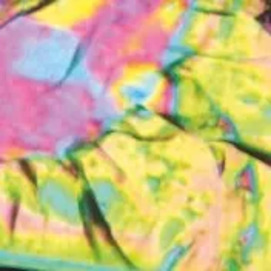Zircon Behaviour and the Thermal Histories of Mountain Chains
Using the U–Pb geochronology of zircon we can understand the growth and collapse of mountain chains, both recent and ancient. In the hightemperature metamorphic rocks that underlie mountain ranges, zircon may survive from precursor rocks, recrystallize, or grow anew. All these possibilities must be considered in the interpretation of zircon ages. Microtextural characterisation and microanalysis, coupled with considerations of mineral equilibria and trace element distributions between zircon and neighbouring silicate minerals, provide insights into the factors controlling zircon modification and growth. Zircon ages do not usually correspond to the peak of metamorphism but instead provide information on the history of cooling from high temperatures, including the timing and rates of exhumation of the deep roots of mountain chains.
Zircon Behaviour and the Thermal Histories of Mountain Chains Read More »



